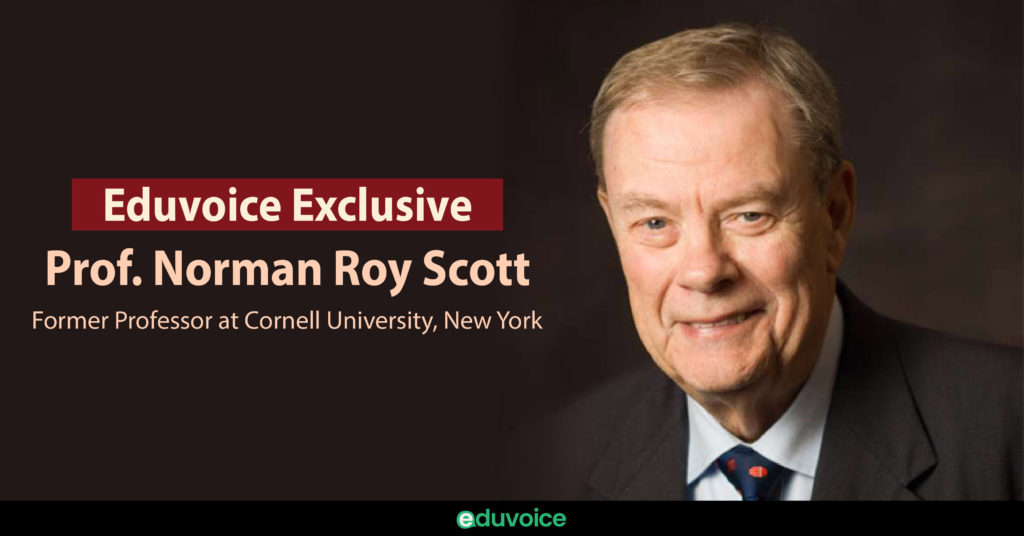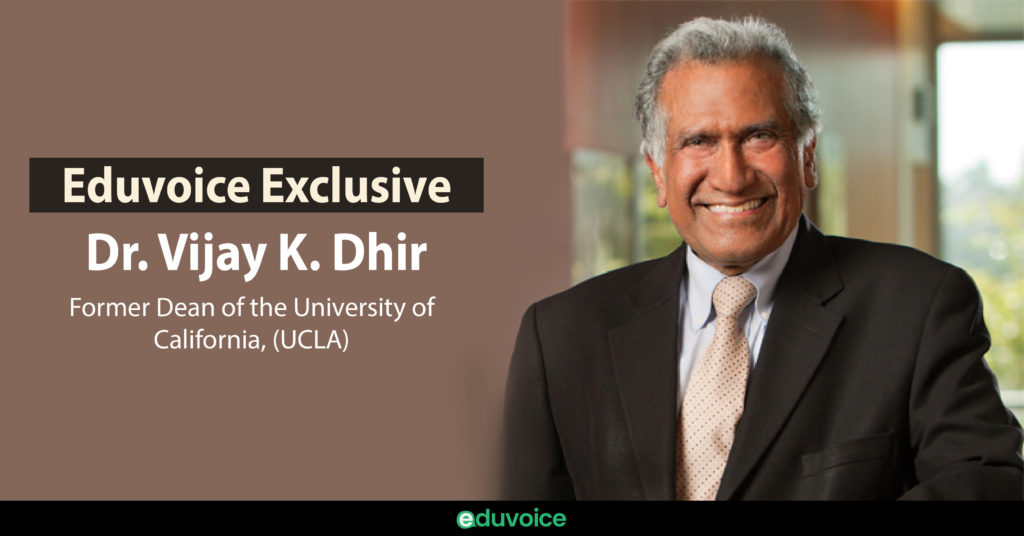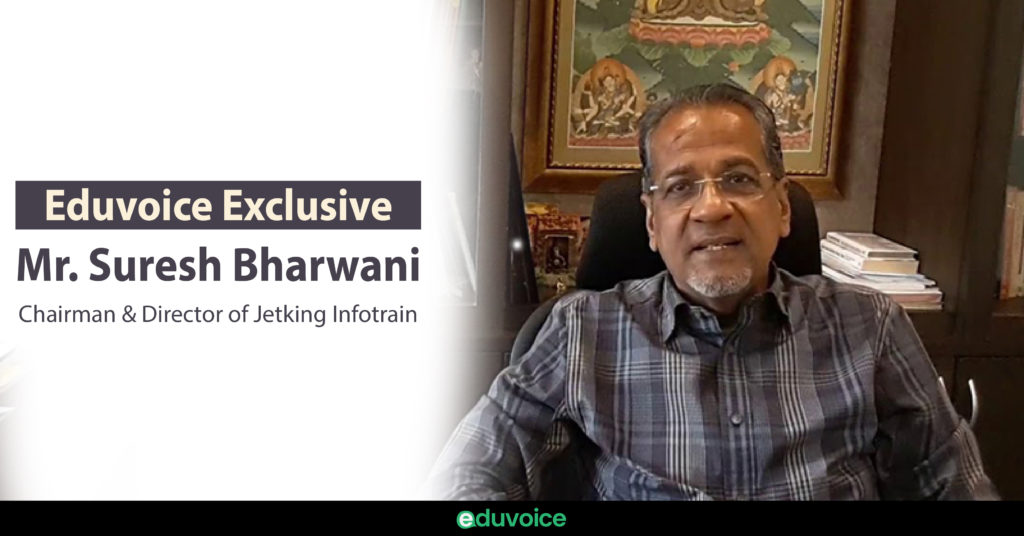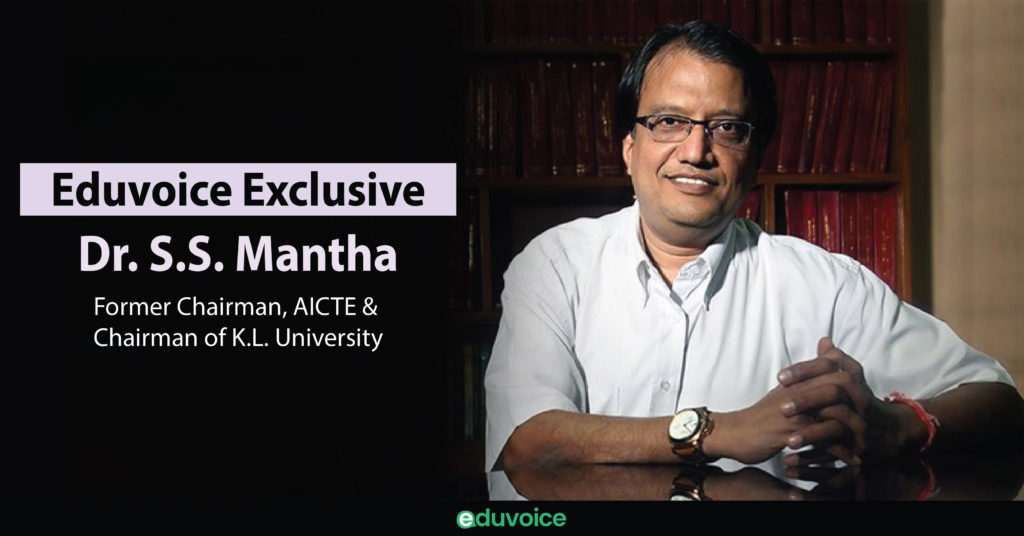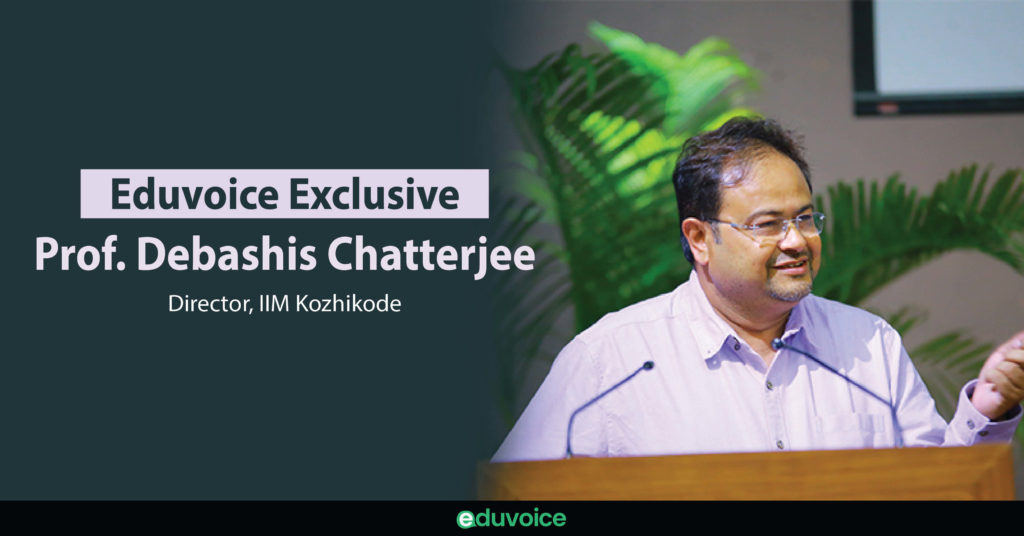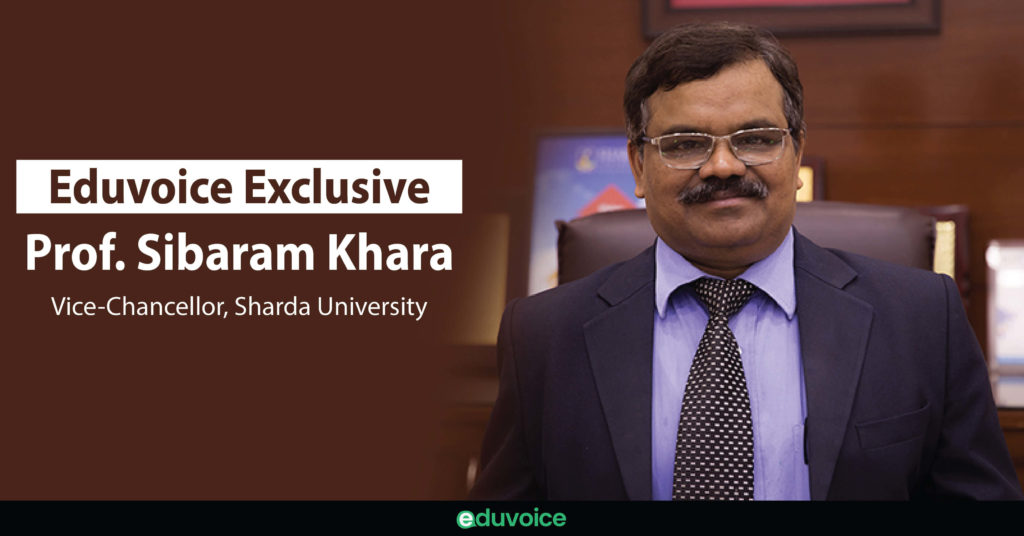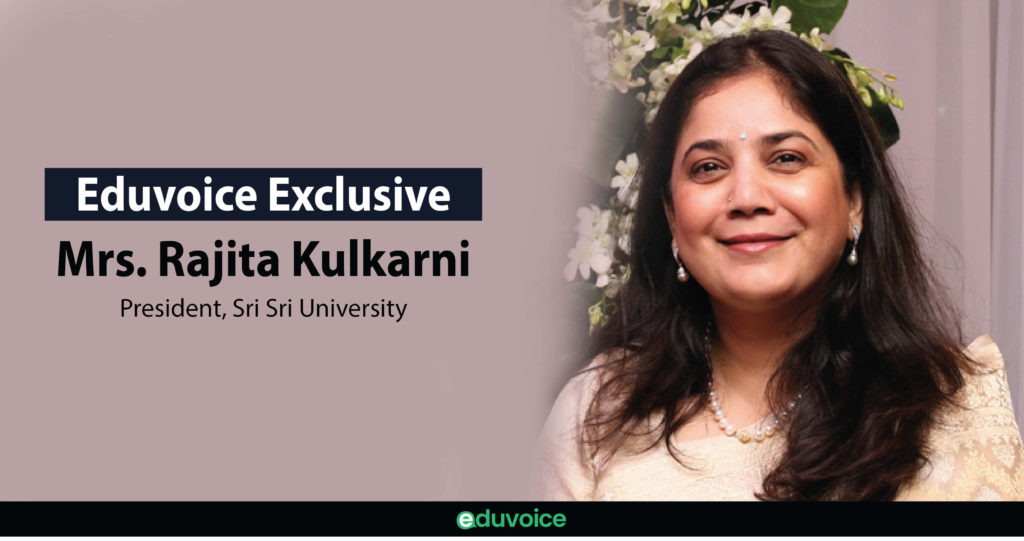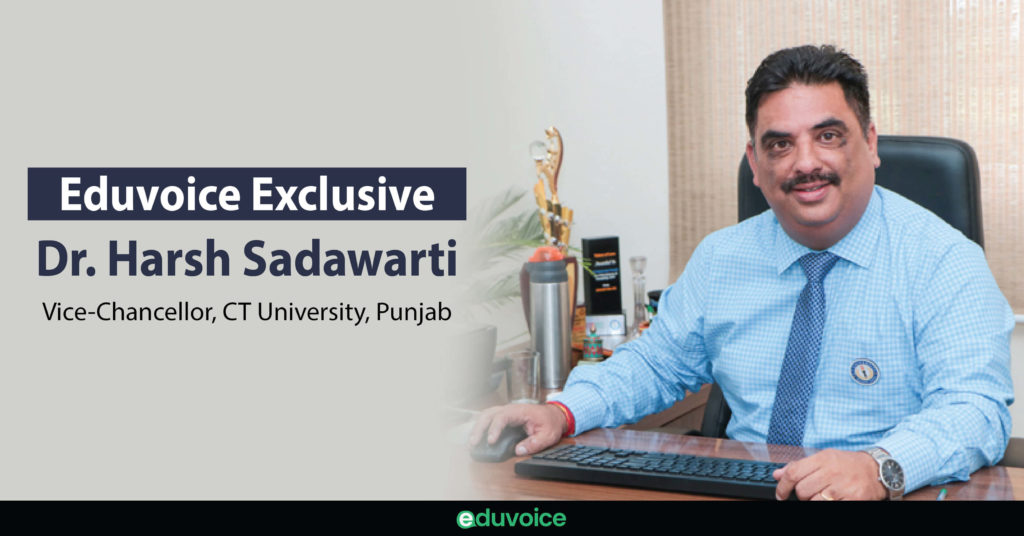We are part of a competitive world, and there are spaces where a lot is expected these days from a student, whether its academic excellence or being extremely skillful. Talking about the varied approaches made by companies to collaborate with universities on a global level, is something to ponder upon.
Category Archives: Exclusive
The education system is currently facing major challenges due to the pandemic. The impact of COVID-19 has rattled the world to the core. Ever since the government of India has declared a nationwide lockdown, every working sector is facing some significant issues. One such prominent sector that is facing most of these challenges is the Indian education system.


